Helen went to visit a friend in London today, so I was left to my own devices to adventure alone. I decided to drive to North-West Wales and visit one of my favourite castles: Caernarfon. After dropping Helen off at the station first thing, I got straight on the motorway, and drove exactly 100 miles before finding myself looking up at the walls of the castle.
I arrived in Caernarfon shortly after 9am, but since the castle didn’t open until 9:30 I walked around and took a few pictures of the outside, also crossing the river to see the castle from the opposite side of the bay.
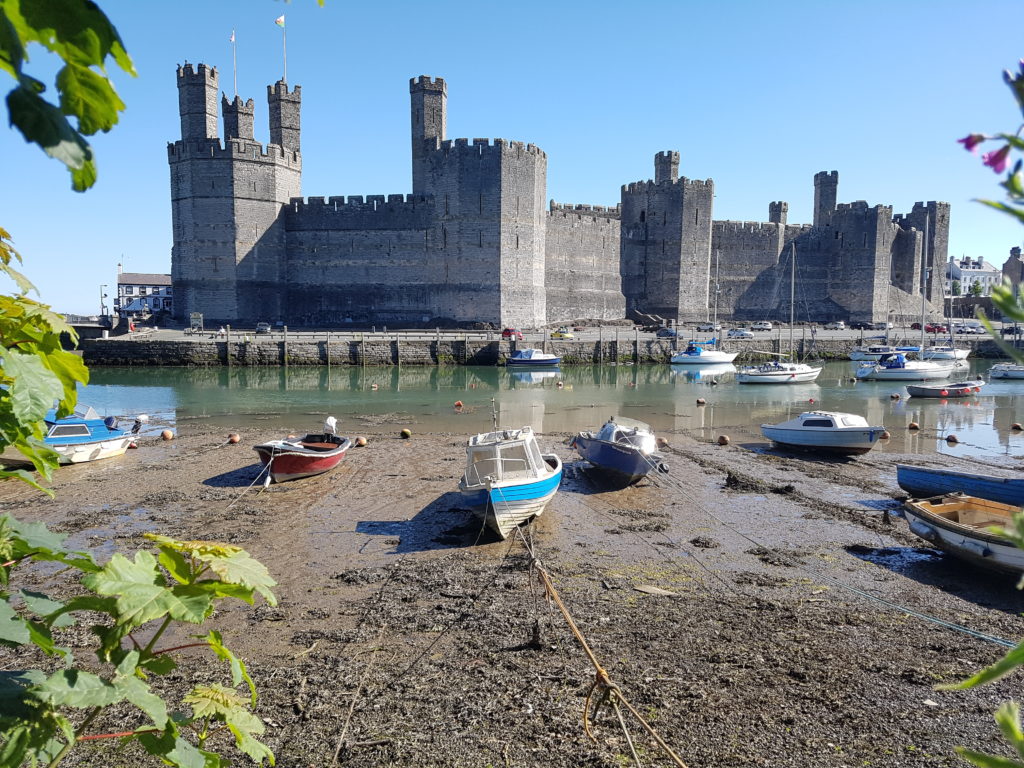
I love this view of the castle from across the bay, I thought I’d best come back later when the tide is high and take another picture with more water between and less sand.
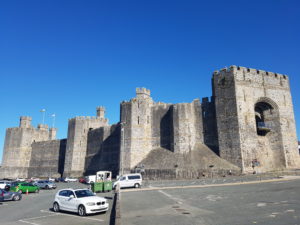
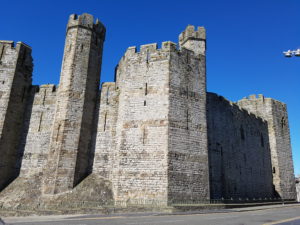
I was at the door when the castle opened along with just a couple of other people, I felt like the English Heritage version of those people who stand outside Apple stores at midnight waiting for the latest iPhone! But since there was no-one around first thing, I thought this was the perfect opportunity to get a panoramic shot inside the castle grounds.
I’m glad I took the opportunity to do this now, since within an hour the courtyard would be teeming with tourists like me! The large circle of Welsh slate in the centre was laid for the investiture of HRH Prince Charles as Prince of Wales back in 1969.
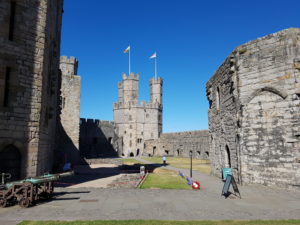
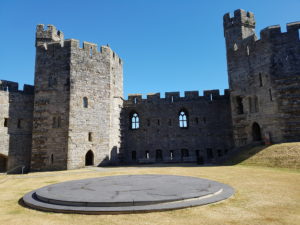
The castle has over half a dozen towers including the two large gatehouses, nearly all of which can be scaled right to the top. Naturally I decided I would climb every one of these towers and admire the view from all corners of the castle, this was a decision I’d later regret, after finding out just how many stairs this involved! As I was climbing, there were dozens of small windows and arrow slits littering the walls, each of which offered a unique view either back in to the castle courtyard, out on to Caernarfon, on to the River Seiont, or on to the Menai Strait.
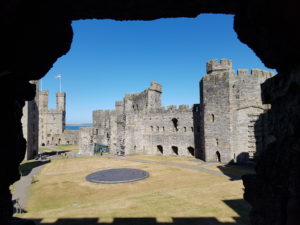
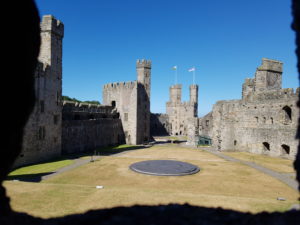
The views from the crenellations at the top of each tower were also incredible, looking down over all of Caernarfon and off in to the Welsh countryside.
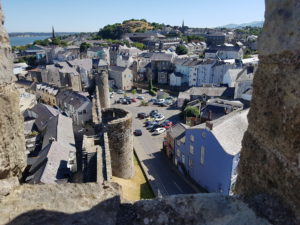

A couple of the towers were gutted including the main King’s Gate, but that improved the view to some of the more ornate stone windows, especially on the King’s Gate and Well Tower which would have looked out across the walled town.
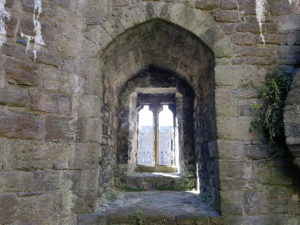
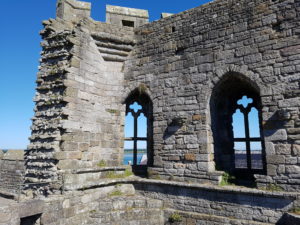
The Eagle Tower at the farthest Westerly tip of the castle was the most impressive, with three turrets and two flags flying high, this picture shows said tower with the Menai Strait and mouth of the River Seiont below, and Anglesea in the distance.
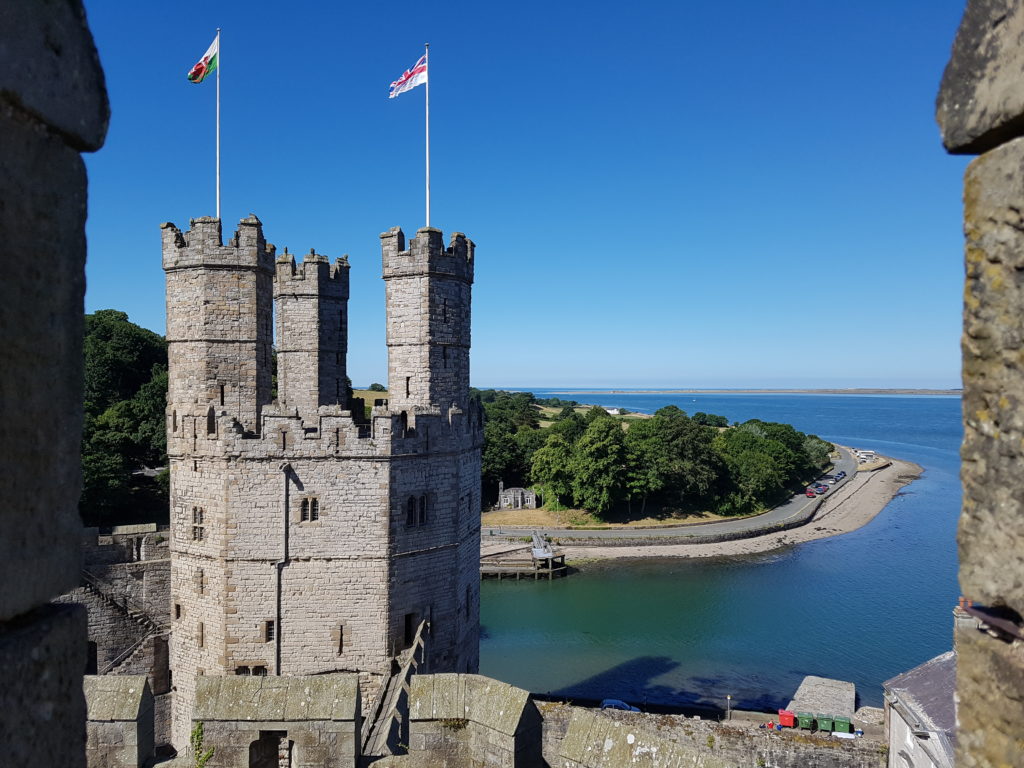
At the top of one of the Eagle Tower, I met a very big cat (probably one-and-a-half times the size of one of ours) who was very friendly and chatty, I gave her a little stroke then went back to exploring. Downstairs in the Eagle Tower, I thought I’d run in to a scene from Harry Potter, but it was actually a history of the Princes of Wales.
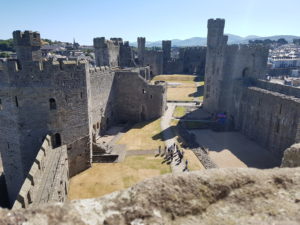
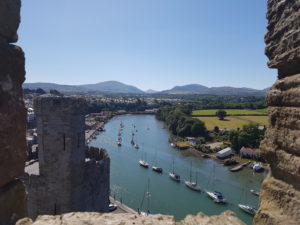
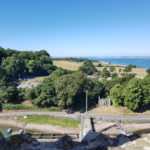
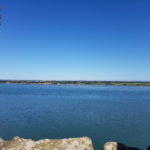
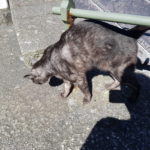
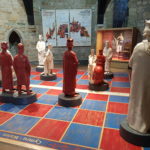
I finally reached the ground at this point and had a seat in the shade for a few minutes before tackling the last two towers. I’d been climbing up and down castle stairs for over an hour here, so was starting to get pretty tired, but I was determined to do the last two before visiting the museum. These two pictures were taken from the very bottom of the Queen’s Tower, then the very top:
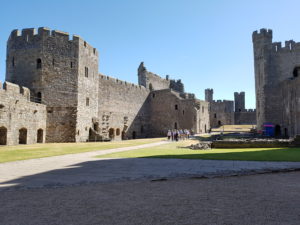

From the wall between the Queen’s Tower and the Chamberlain Tower was the best view of the remains of the King’s Gate, this and the Well Tower were the only two areas that were less intact than the rest of the castle.
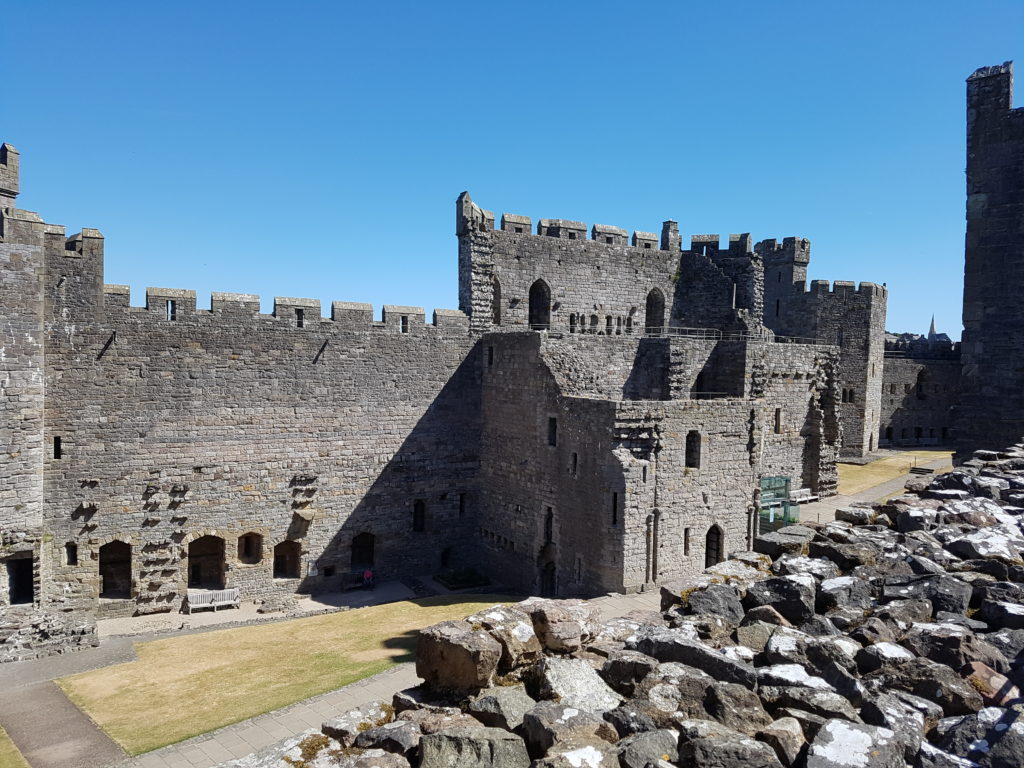
Now I’d explored the entirety of the castle, it was time to take a walk about the museum. The Royal Welch Fusiliers Museum was inside the Queen’s Tower, starting with a massive collection of medals from former fusiliers the path through the museum followed the timeline from when the Fusiliers were first founded up to 2006 where they were amalgamated in to the Royal Welsh Infantry Regiment.
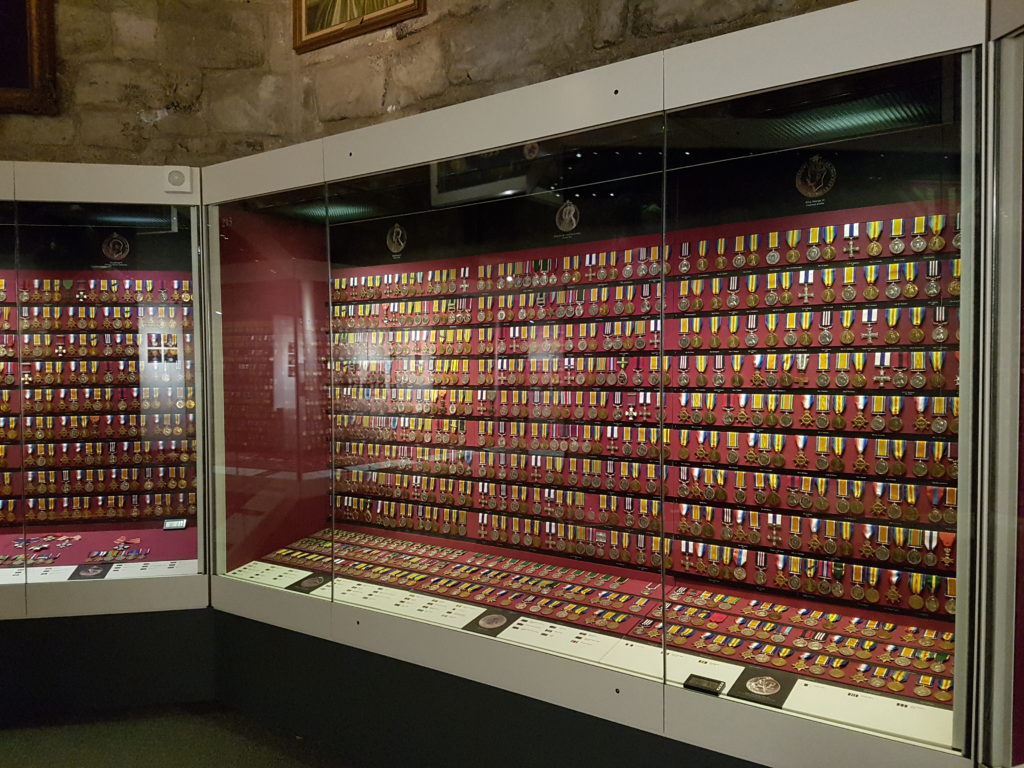
Along with a plethora of war memorabilia, the museum was also home to two of the regimental colours, one of which was severely damaged during battle, and a surrendered French Eagle. The Eagle was surrendered by the 82nd French Regiment when the British (including the Royal Welch Fusiliers) captured Martinique in 1809.
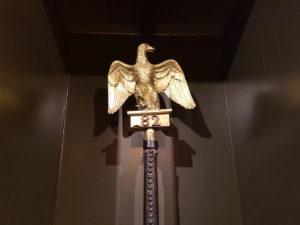
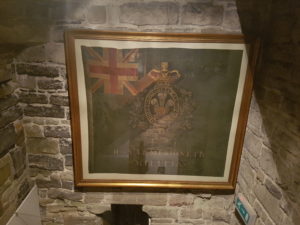
The remains of the regimental colours carried in the Battle of the Alma in the Crimean War in 1854 (the mostly white image below) in which 60,000 British, French, and Ottoman infantry assaulted a heavily entrenched Russian fortification of 33,000 were on display. Over 2,000 British, 1,600 French, and 5,000 Russians were killed in this battle, it could be considered the D-Day of the Crimean War, and was the turning point which led to an Allied victory. During the battle, the colours were pierced 16 times by Russian musket balls, they were where the enemy would focus a lot of fire. When the Ensign of the Colour was killed, it was picked up by the commanding officer, Lieutenant-Colonel Harry Chester, but then he was killed and the flag was picked up by Sergeant Henry Smith who continued to lead the British against the Russians to victory. In 1874, the Russian Tsar saw these colours paraded in Aldershot and commented on their tattered state, but when told of its history, he saluted the flag.
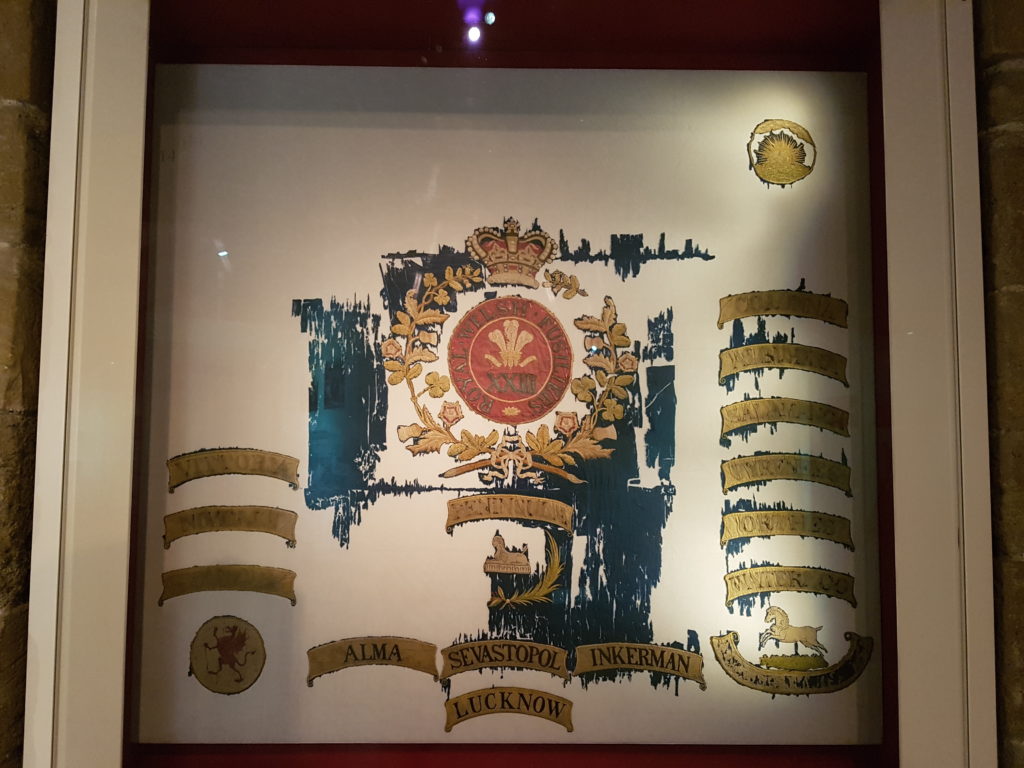
Dotted around the museum were pictures of the “regimental goat” which I thought was odd, but apparently the Royal Welch Fusiliers have been parading a goat since 1777. In 1844, Queen Victoria presented the “first royal goat” to the regiment. The goat wasn’t just a mascot, but a member of the regiment who was promoted or demoted based on behaviour. In 2006, Billy was demoted from Lance Corporal to Fusilier following a disciplinary hearing where he was charged with “unacceptable behaviour”, “lack of decorum”, and “disobeying a direct order” whilst on parade for the Queen’s official birthday celebrations in Cyprus. Billy was promoted back to Lance Corporal a few months later though.
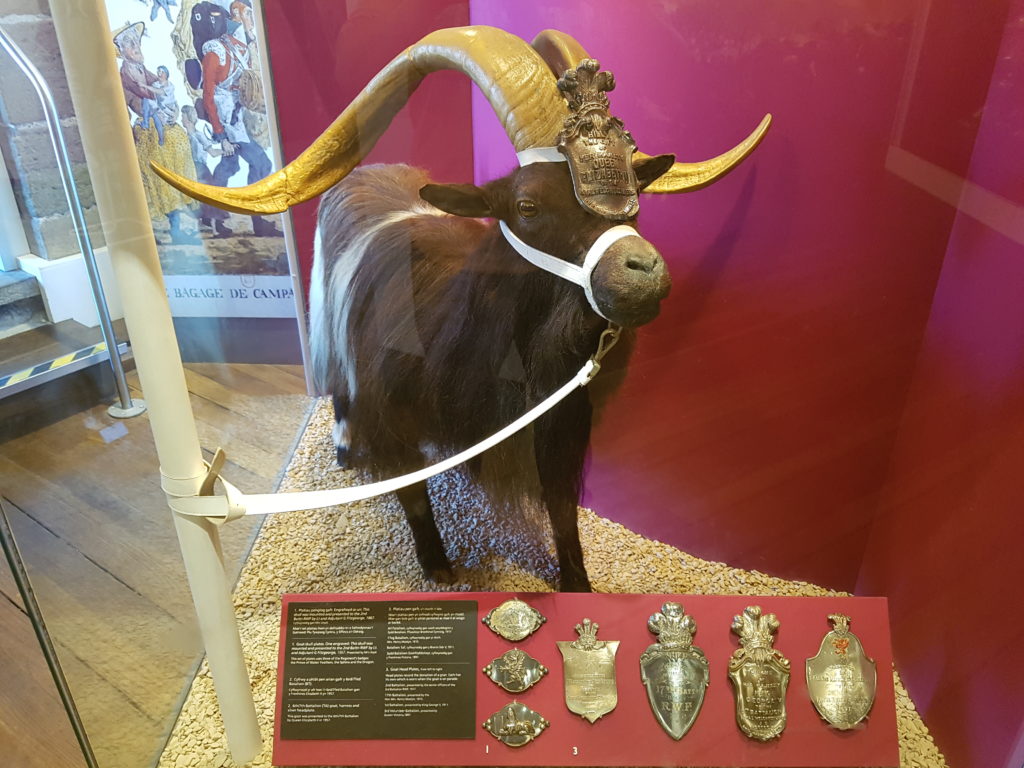
Out of the museum, I took another walk around the inside and outside of the castle. One thing worth noting about the walls is that although most of the walls have a pattern of dark bands circling horizontally, the Northern side that fronts on to the walled town is missing these dark bands. This is because the Northern wall was the last wall to be built (since this side of the castle was already protected by the town walls), and was built hastily following the quashed Welsh rebellion of 1294. The images below show either side of the King’s Gate, with no patterned dark stone horizontal bands, the rest of the pictures above show the castle with the dark stone bands clearly.
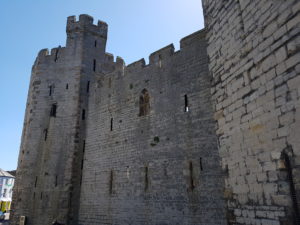
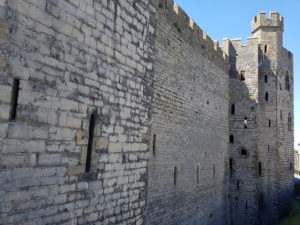
Exhausted from exploring the castle, I chose to reward myself with a little cake and a soft drink. I found a little local cafe round the corner from the castle away from the hustle and bustle of the Saturday market, and sat down with a jam sponge, some ice cream, and a diet coke to refuel myself before the next part of the adventure. The cafe was called Y Gegin Fach, which translates to “The Little Kitchen”, and it was lovely, the staff were really friendly, and as I sat looking through some of the photos I’d just taken, they were all having a laugh with some locals, all speaking Welsh. I’d definitely recommend this little cafe, it felt really homely.
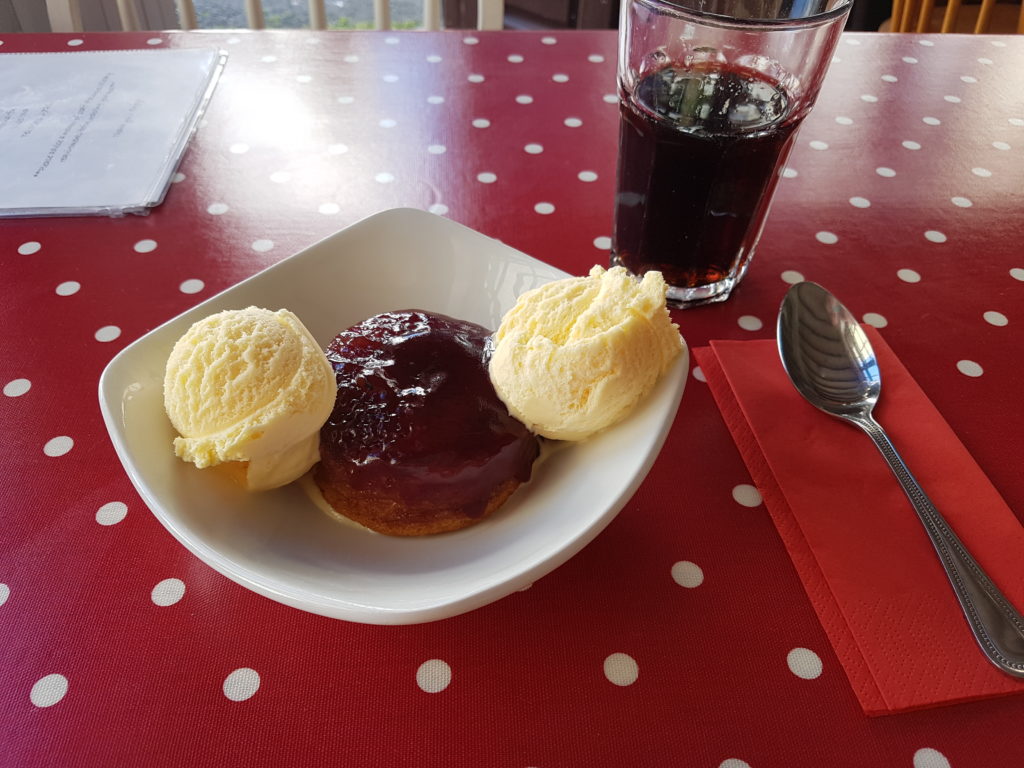
Fully refuelled, I took a walk around the town walls. You can’t walk along the top of the town walls unfortunately, unlike Chester walls, but walking around the town was lovely. Nothing but blue skies and Sun, and everyone around was really friendly. Pretty much every shop, from hairdressers to pubs, the staff were having a laugh with their patrons, it was a very happy atmosphere.
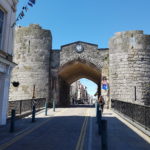
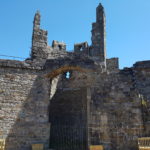
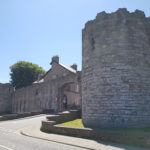
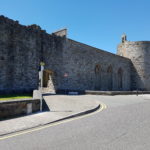
When I got round the Northern-most edge of the walled town, the path opened up and looked out on to the Menai Strait. A big 5-ton anchor stood in the middle of the plaza, originally part of the HMS Conway which was in service from 1839 to 1953 as a naval training vessel or “school ship”, but was unfortunately wrecked in the Menai Strait when they were attempting to move her to Liverpool drydock for a refit.
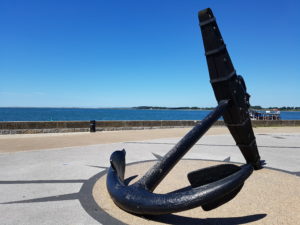
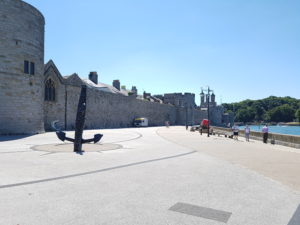
By this time it was high-tide in Caernarfon as well, so I walked back around the castle, crossed the footbridge to the other side of the River Seiont, and took some final pictures from my favourite spot.
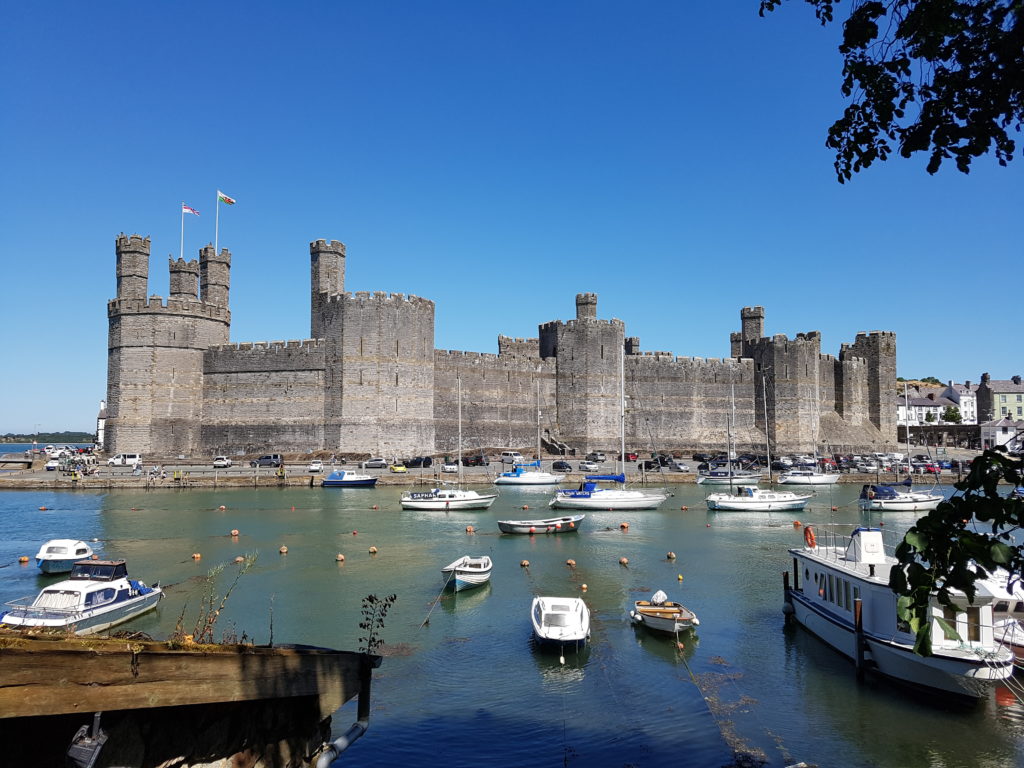
I got stuck on the wrong side of the river for a few minutes while the footbridge opened to let a couple of boats out of their mooring on to the Menai Strait, but once it closed again I crossed, took a short walk around the outdoor market in the castle square, then returned to the car and set about on the next part of my adventure. Caenarfon is one of my favourite castles, and one of my favourite towns, it was great to enjoy the area on such a lovely morning.

Great photos and loads more information, you should become a tour guide in your spare time. Spooky shadow in your first panoramic, looks a bit like a matador in the middle of a bull ring. Were there no other visitors? The castle looks virtually deserted, but I suppose everyone was at the beach on such a beautiful day.
There were probably about 50 people in the castle by the time I left, but they were all over the walls and in the towers with only a dozen or so in the courtyard. I arrived before it opened, so had the luxury of an empty castle first thing.